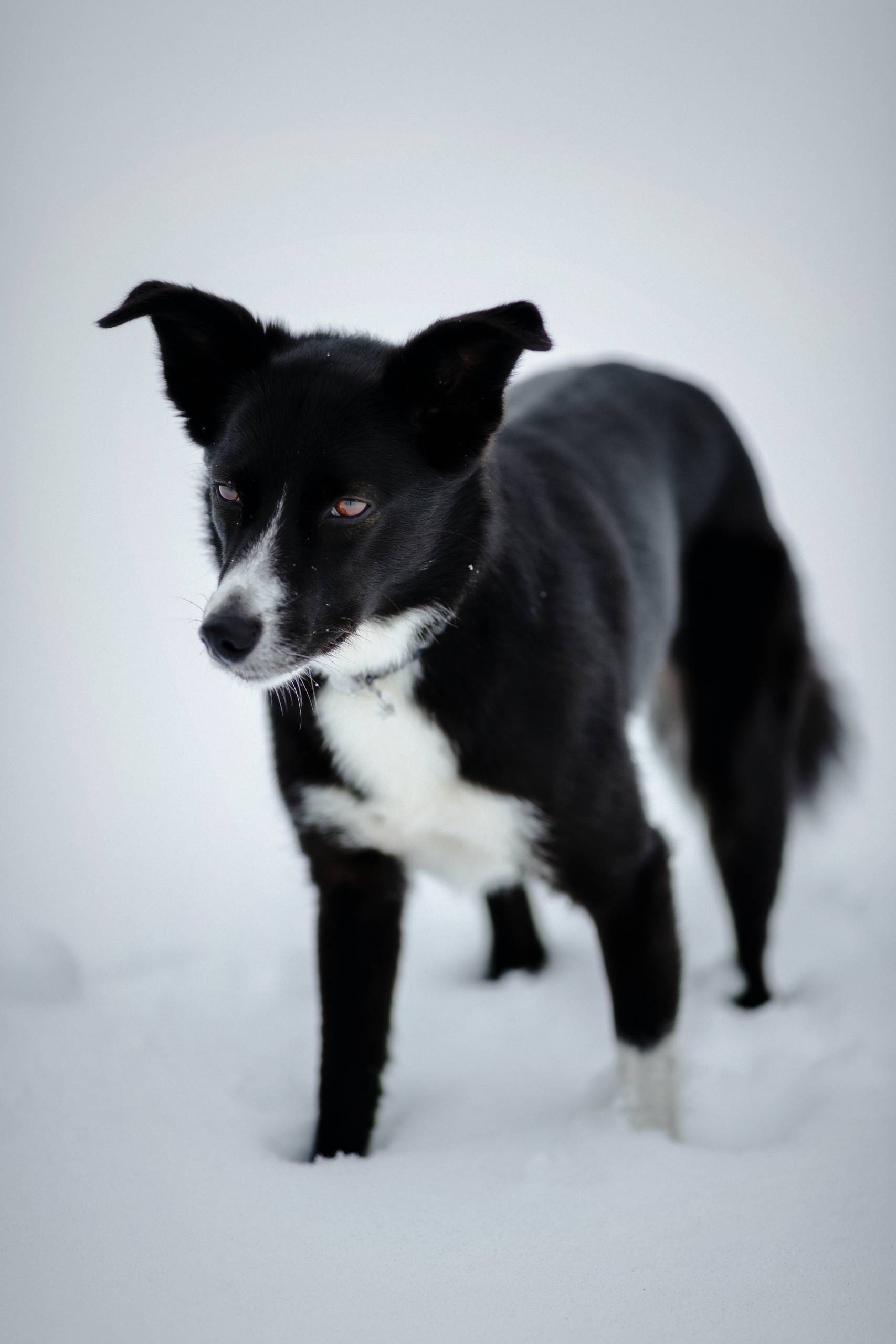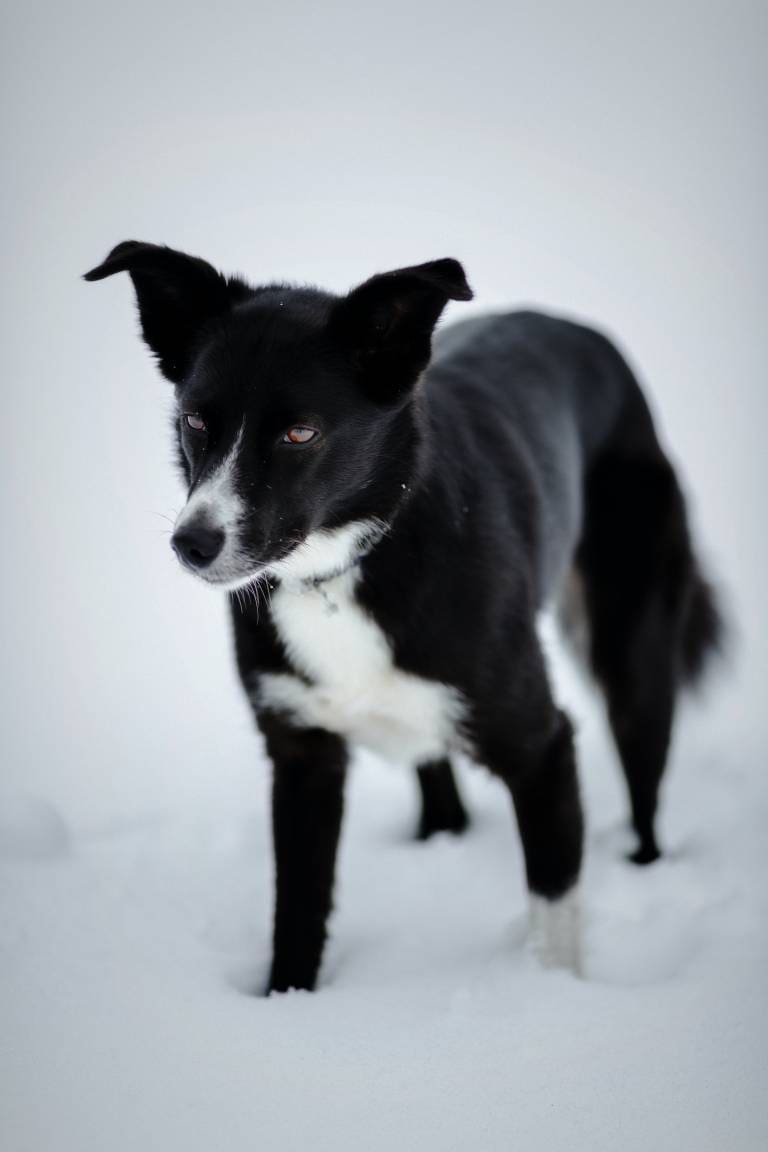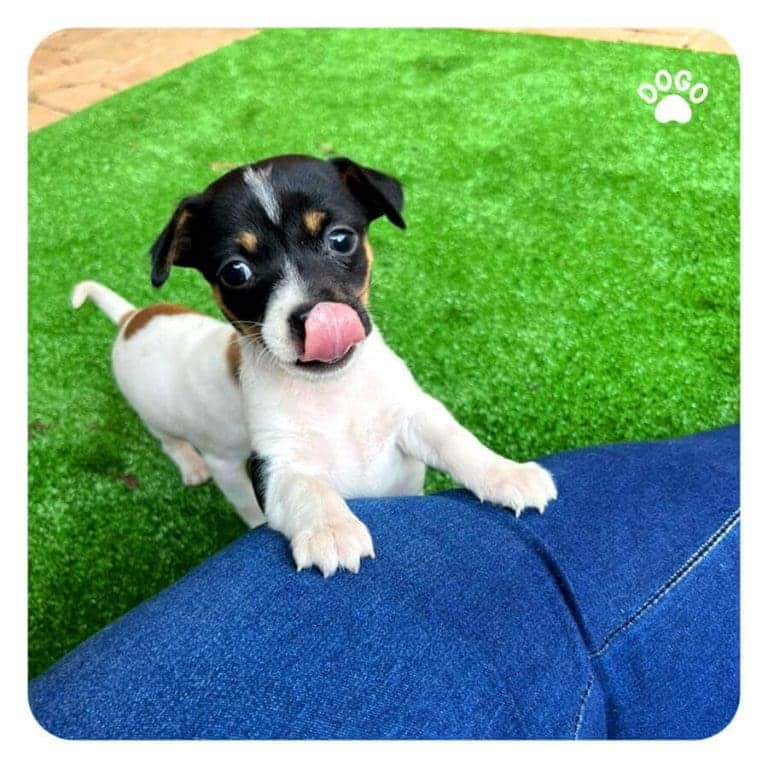How to draw a dog realistic?
Post Date:
November 15, 2023
(Date Last Modified: November 13, 2025)
Realistic dog drawing begins with careful choices about tools, observation, and a clear understanding of underlying form and texture.
Materials and workspace
Select tools and a workspace that let you control line, value, and texture. Recommended tactile tools include a range of graphite pencils, a soft kneaded eraser and a firmer vinyl eraser, medium-weight drawing paper, blending stumps or tortillons, and optional color media such as colored pencils or watercolor washes. For digital work, use a pressure-sensitive tablet with at least a 2048 pressure-level stylus for expressive line control.[1]
- Graphite set (HB, 2B, 4B, 6B) for a range of midtones to deep darks.
- Kneaded and vinyl erasers for subtractive highlights and edge cleanup.
- Paper: 80–130 lb (130–300 g/m²) drawing paper or textured Bristol for varied tooth.
- Blending tools: stumps, soft brushes, or tissue for controlled value transitions.
Arrange lighting and seating to reduce fatigue and preserve consistent observation. Aim for a chair and table combination so your wrist rests naturally and the work surface is approximately 18–20 in (46–51 cm) below your eyes when seated upright to minimize neck strain and keep proportions steady while drawing.[2]
Organize reference photos and small props nearby and keep pencils in order by value from light to dark; this simple organization reduces interruptions and helps maintain consistent contrast decisions while you work.
Reference gathering and observation
Gather clear references that show the dog from multiple angles and with varied lighting to understand form and surface transitions. Whenever possible, include both still photography and brief video clips to observe how muscles and fur move in real time.
When photographing a dog for reference, capture three to four distinct angles—front, profile, rear-quarter, and top-down—and include at least two lighting variants such as soft diffuse and a single directional light to reveal form and cast shadow relationships.[3]
Annotate references by marking key landmarks (eye corners, stop, shoulder pivot, hip landmark) and note proportions such as relative head-to-body ratios and leg length to body depth; simple marks will save time during construction and reduce guesswork.
Canine anatomy essentials
Study the skeletal frame and primary muscles that shape surface contours: skull, cervical spine, thoracic spine and ribcage, lumbar spine and pelvis, and the major limb joints (shoulder, elbow, stifle, and hock) which determine limb motion and visible angles in stance and gait.[4]
Focus on a few reliable bony landmarks you can feel on a live dog or identify in photographs—occiput at the base of the skull, the dorsal ridge of the scapula, the last rib, and the ilium crest of the pelvis—because these points anchor proportion and help place musculature and skin folds correctly.
Be aware that breed-specific anatomy alters silhouette and fur distribution: brachycephalic breeds shorten the muzzle and widen the skull, sighthounds elongate skull and limbs, and spitz-type dogs carry longer fur that changes visible form even when underlying anatomy is similar.
Proportions, gesture, and pose
Start with quick gesture studies that capture the spine line, weight distribution, and main directional flow rather than detail. Use 30–60 second thumbnails to explore poses and pick the one with the most dynamic line of action before committing to a detailed construction.[5]
Use head-lengths as a measuring unit; a common rule is that torso length from shoulder point to hip is roughly two to three head lengths depending on breed and posture, and checking relationships this way keeps proportions consistent across poses.
When evaluating perspective and foreshortening, draw the major axis lines of the spine and limbs and compare visible lengths; short, forced foreshortening will compress segments visually, so confirm with sighting or a quick photo taken from your intended viewpoint.
Construction using basic shapes
Block the dog into simple volumes—spheres for joints, an ovoid for the ribcage, a rectangular prism or tapered box for the pelvis, and cylinders for limbs—to establish mass and rotation. Mapping these shapes makes it easy to rotate the form in space and keeps proportions editable.
Connect the shapes at joint centers and indicate limb planes with two contour lines to suggest thickness and orientation; converting these construction lines into anatomical contours is an iterative process of softening and adding anatomical cues like muscle bulges and tendon lines.
| Tool | Primary use | Recommended range | Notes |
|---|---|---|---|
| Graphite pencils | Line work and value building | HB–6B | Harder pencils for construction, softer for deep darks |
| Kneaded eraser | Lift highlights | One | Malleable for precise highlights |
| Blending stumps | Smooth midtones | Various sizes | Use sparingly to avoid flattening texture |
| Textured paper | Hold graphite and tooth for fur indications | 80–130 lb | Heavier paper for repeated erasing |
Head structure and facial features
Begin head construction with an oval for the cranium and a tapered box for the muzzle, aligning the jaw hinge and nasal bridge to the chosen angle; the stop (the indentation between muzzle and forehead) shifts location and angle dramatically between breeds and is essential for likeness.
Place the eyes roughly on the horizontal midline of the skull when drawing a neutral three-quarter or frontal head; measure the interocular distance which is often one eye width to one and a half eye widths depending on breed, and use that measure to set eye placement accurately.
Render eyes and nose with higher detail and contrast because these areas read as focal points; a dark core shadow under the brow and a small specular highlight on the cornea or wet nose can increase perceived realism without drawing every hair.
Fur, coat patterns, and texture
Observe fur as directional planes that flow across muscles and bones rather than as individual hairs. For short coats, use short overlapping strokes that follow curvature; for double coats, indicate a denser underlayer with softer value and longer guard hairs on top.
Different coat types respond to different techniques: for curly coats, suggest clusters of curl with rhythmic looping marks; for long coats, imply large flowing clumps and use edge breaks to show translucency and weight. When rendering markings, block in the main value shapes first and refine edges while keeping transitions believable.
Shading, light, and form
Decide on a primary light source and map core shadow, midtones, and highlights across the primary planes to reinforce volume. A single-direction light with a clear key and fill relationship simplifies values and helps you place reflected light and cast shadows convincingly.
Control edge hardness by softening secondary form transitions and keeping hard edges where planes change abruptly or where fur clumps cast distinct shadows; use reflected light sparingly to suggest underlying volume without flattening the drawing.
Texture, fine details, and finishing touches
Selectively add fine detail to focal areas: sharpen the edges and small highlights of the eyes, sharpen nostril rims and the moist specular on the nose, and refine lip creases where they catch light. Keep peripheral areas looser so the eye is drawn to the intended focal point.
Add whiskers with confident single strokes and lift small highlights with a kneaded eraser to convey wetness or sheen; clean up edges and unify texture by stepping back frequently and viewing the work from a distance to judge value relationships as a whole.
Corrections, stylization options, and presentation
When correcting proportions, treat the figure as modular and adjust head or torso units against each other rather than redrawing isolated features. If values appear flat, increase the range by deepening key darks and reinforcing the brightest highlights to expand perceived depth.
For color approaches, consider glazing with transparent color layers or using colored pencil over graphite; in digital work, use separate layers for line, base color, texture, and final lighting so edits remain non-destructive. For presentation, mat drawings to 2–3 in (5–8 cm) of neutral border and photograph at a slight angle to avoid glare when sharing online.






